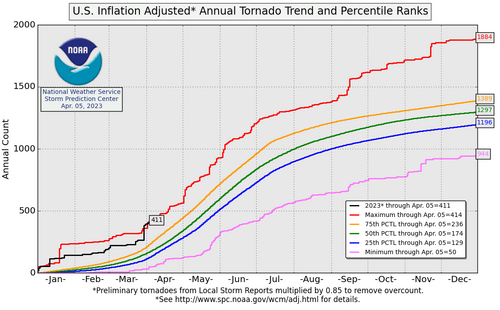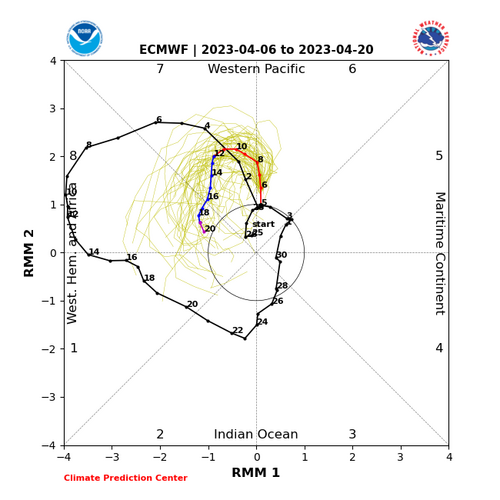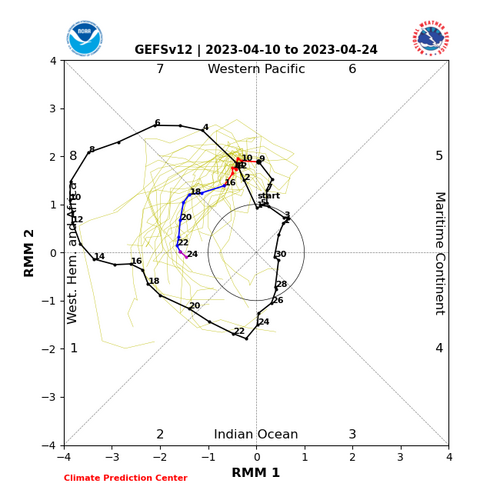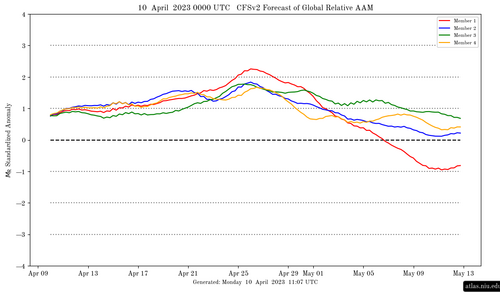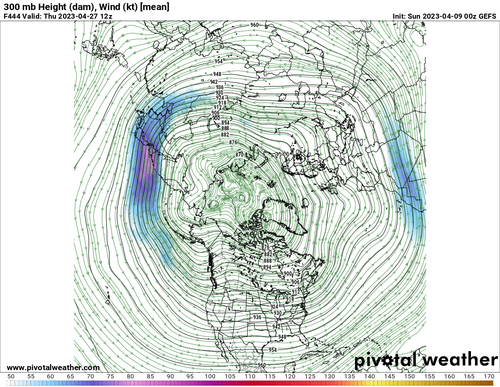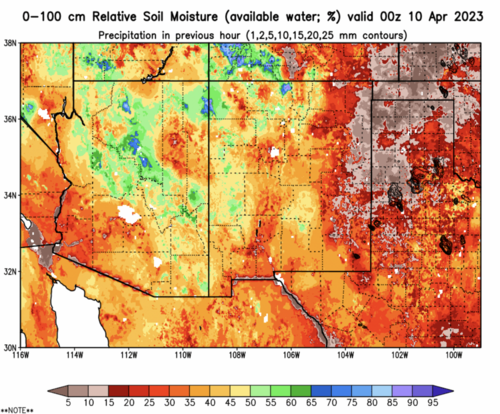Jason N
EF5
Adlyons,
I realize that you do the seasonal outlooks and so far, I think your geographic coverage looks pretty on. I was wondering if you thought about a quarterly update. say for MJJ. based on what's happened up to now, and if any of the larger scale patterns from your original forecast would shift the map any. what do you think about that.
I realize that you do the seasonal outlooks and so far, I think your geographic coverage looks pretty on. I was wondering if you thought about a quarterly update. say for MJJ. based on what's happened up to now, and if any of the larger scale patterns from your original forecast would shift the map any. what do you think about that.

